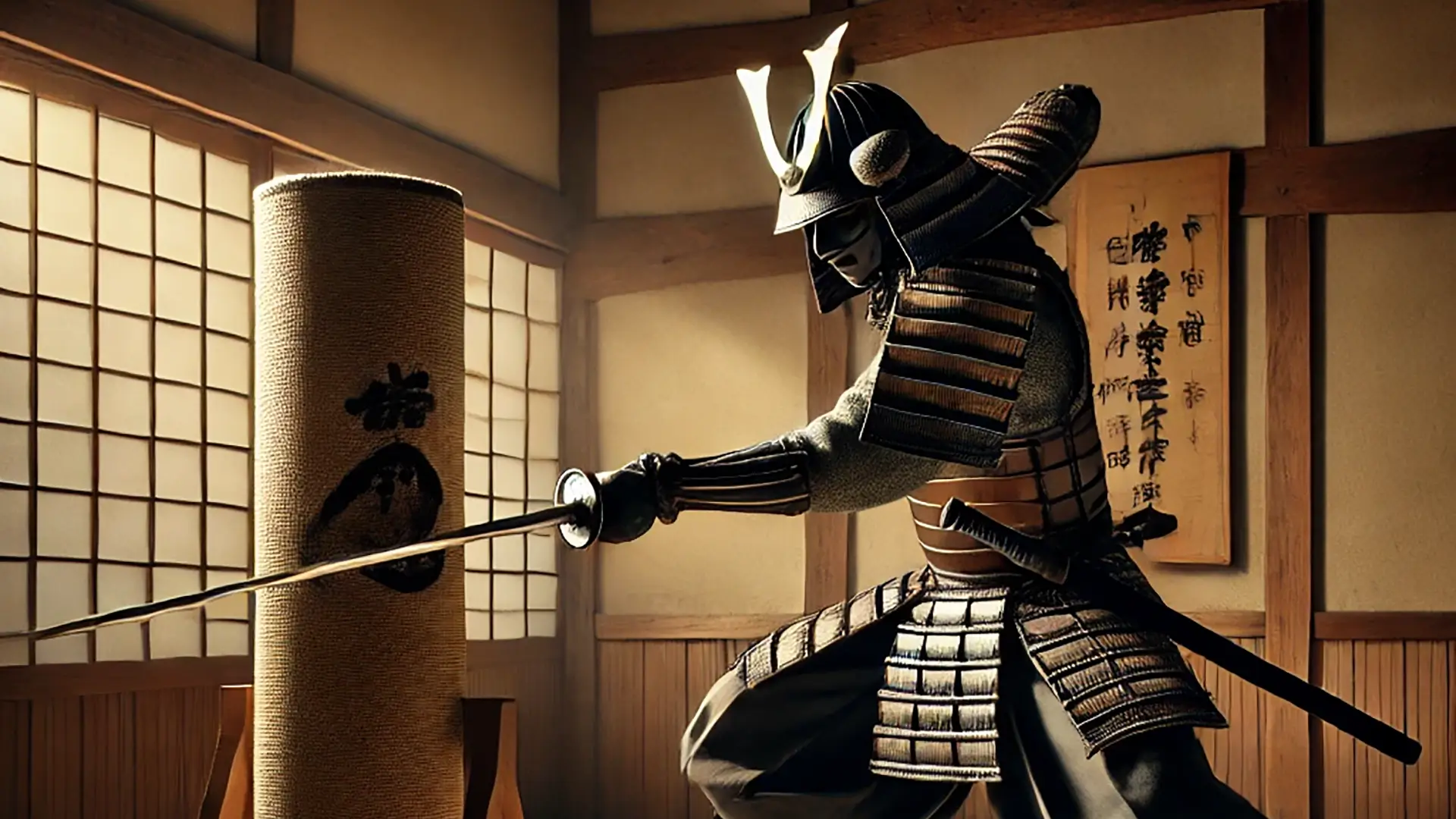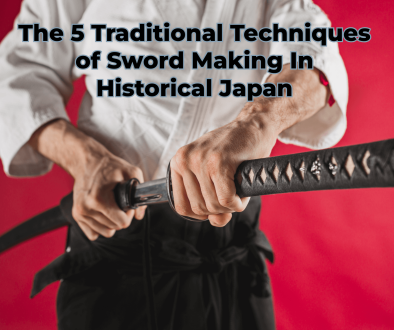Tameshigiri: The Art of Testing Japanese Swords
Whenever a Samurai acquired a new katana or just about any other sword, they wanted to test if the edge was functional. Traditionally, Katanas were essential to the survival of the Samurai, compared to now, when the blade is mostly used as a decorative item.
Traditionally, the Japanese tested katanas using Tameshigiri. This practice consists of performing several cuts on a target, which is traditionally tatami. It has many variations, including the Suemonogiri, which is all about “cutting tied objects.” This article explores these techniques and how this art has evolved since its early days.
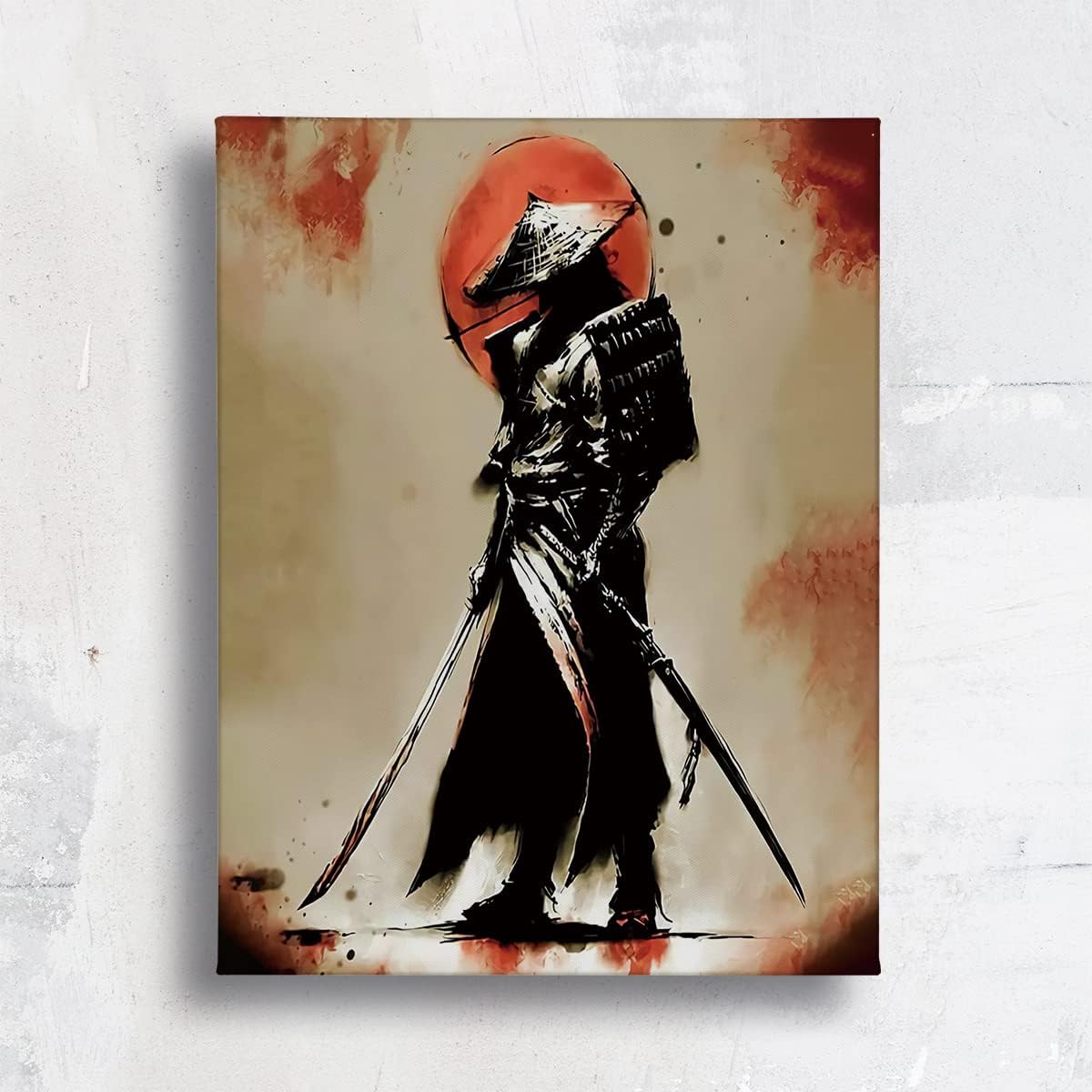
Japan’s use of swords is renowned. Throughout history, Japanese people have utilized different techniques to test the sharpness of their swords. Tameshigiri, a word whose kanji means ‘test cut’ is the art of test cutting in Japanese culture.
The Tameshigiri is all about performing cutting tests on certain objects using a Japanese sword, in this case, a katana. Traditionally, tatami is the most common material that is used. This is when a rolled-up mat is soaked in water to recreate the texture and density of the human body. The goal is to ensure the cut is as clean and elegant as possible. It’s an art that’s hundreds of years old, used by the samurai to test their Katana swords.
With the development of the Samurai culture, the Tameshigiri test gained more importance and relevance. In modern times, it is also known as a sport, with videos on popular platforms amassing thousands of views.
This practice involves placing the target vertically, allowing the katana cutter to make several cuts while the mat is up vertically.
Besides testing the blade of a Katana, Tameshigiri is also utilized by beginners as part of their blade-edge alignment practice or veterans who might want to continue working on their skills. In earlier versions of the test, it was performed on tied objects, corpses, and sometimes convicted criminals, which became its technique throughout the time, the Suemonogiri.
About Suemonogiri
Suemonogiri is all about “cutting tied objects.” In its early versions, several bodies of executed criminals were tied in a wide variety of positions so that the Katana holder could test the blade by making different cuts. The tester was required to have a higher level of skill, as an improper technique could lead to the blade’s destruction.
There are three types of cuts to use, and these techniques are vertical cuts (Tate), horizontal cuts (Suihei), and diagonal cuts (Kesa-giri)
Most sources list Suemonogiri as a version of Tameshigiri, not a “test” of its own. It is one of the many variations the Japanese employed to test their katanas.
Origins of the Practice
In the past, specifically during the Edo period, skilled swordsmen tested swords, and the materials varied. As mentioned above, a common practice was to perform cuts on cadavers and even convicted criminals. Many of these cuts had their names, such as the tabi-gata (ankle cut) or the Ryu Guruma (hip cut).
Many swords have been found to have cuts and descriptions carved on their ‘Nakago’ (tang), indicating the cut performed and the number of objects or bodies used to test the blade. This was known as ‘Tameshi-mei’ or ‘Saidan-mei,’ which can be directly translated to ‘cutting signature’ and would add more value to the sword.
Tameshigiri Styles
Tameshigiri has several styles that Samurai could practice. Some of the common styles include the following:
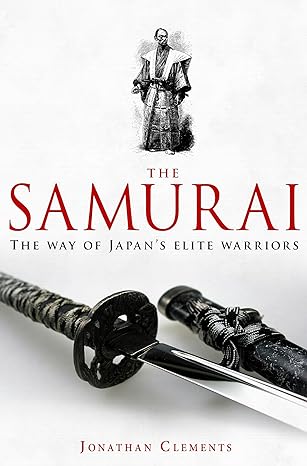
- ‘Mizugiri’ is a relatively simple art that involves cutting through standing water. The goal is to perform clean cuts without producing a splash.
- ‘Waragiri’ is the practice of cutting through stacks of rolls of straw mats, typically around 2-8 inches thick. Sometimes, the straw is replaced with bamboo or wood.
- ‘Usomonogiri’ is about performing through thin material, almost like paper. The material is placed on a wooden surface, and the tester performs a cut, aiming to hit the target without scratching the surface.
Tameshigiri master
Tameshigiri in the modern-day
While Tamashigiri is an ancient art, it is still practiced in modern Japan. Several cuts can be performed, divided into three categories depending on the tester’s skill level. Cuts like the Gyaku Kesa giri or the Rokudan giri are considered beginner-level, while cuts like Inazuma-giri or Nami Gaeshi are in the intermediate category. The advanced stage includes cuts like the Dow Barai, Syo Hatto, or Kasumi.
The cut itself is not the only factor that categorizes the cut type. The type of material utilized and the direction of the tatami mat’s grain may also be considered. Furthermore, the sword’s material, quality, and edge angle alignment are other important factors to consider when ancient Samurai chose their blade.
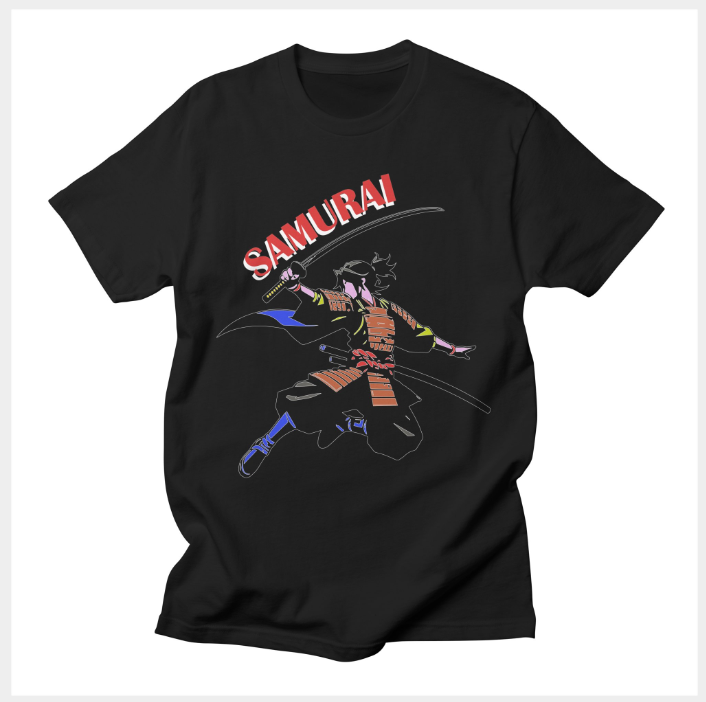
In today’s world, tatami mats are the predetermined target practice for Tameshigiri, which is considered to come from Toshihiro Obata, a famous sword master of the Shinkendo School.
While tatami mats are the most common material, it’s also possible to use other targets, such as beach mats, bamboo, or sometimes hardwood dowels.
Wrapping Up
Swords, specifically Katanas, are one of Japanese culture’s most characteristic and recognizable symbols. Thousands of people across this country continue to keep these practices alive to this day, preserving the traditions and rules executed in the past by the Samurai.
Many of these sword-testing activities are still performed today, mostly as a sport. Testers work on several aspects to perform the art as intended, such as grip, posture, and balance.
Understanding the different tests utilized to measure the quality of a katana allows us to learn more about Japanese culture and how people test their weapons for combat or everyday use.
